Help! Transplanted salvia immediate wilt.....Are they dead?
woosmom
17 years ago
Featured Answer
Comments (10)
sylviatexas1
17 years agoCA Kate z9
17 years agoRelated Professionals
Forest Park Landscape Architects & Landscape Designers · Allentown Landscape Contractors · Clermont Landscape Contractors · Byram Landscape Contractors · Cliffside Park Landscape Contractors · Lakewood Landscape Contractors · Lyndhurst Landscape Contractors · Matteson Landscape Contractors · Mesa Landscape Contractors · Pleasant Hill Landscape Contractors · Suisun City Landscape Contractors · Bronx Siding & Exteriors · Colorado Springs Siding & Exteriors · Riverside Siding & Exteriors · San Bernardino Siding & Exteriorsdeirdre13
17 years agohitexplanter
17 years agoLrw2a
17 years agooldroser
17 years agorich_dufresne
17 years agogardeningcrazy1
17 years agobossjim1
17 years ago
Related Stories
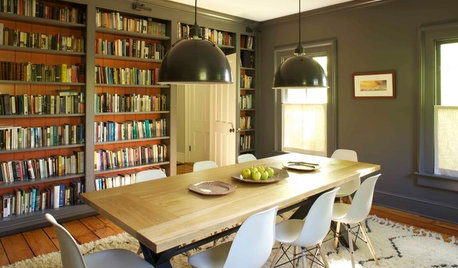
DECORATING GUIDES12 Deadly Decorating Sins
Are your room designs suffering from a few old habits? It may be time to change your ways
Full Story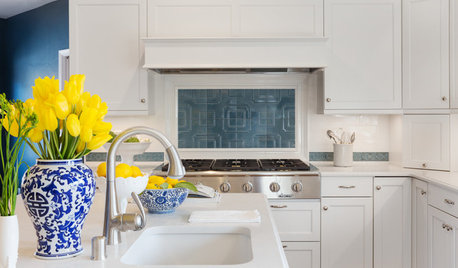
FEEL-GOOD HOMEYour Best Winter Accessory for the Kitchen
Flowers and foliage will bring cheer to your kitchen even in the dead of winter
Full Story
FALL GARDENINGReflecting on a Gardening Year
Mistakes and successes, surprises and comforts. The garden helps us grow in new ways every year
Full Story
GARDENING GUIDESMake Sure You Read This Before Buying New Plants
Follow these 10 plant-selection tips to avoid buyer’s remorse
Full Story
CHRISTMASReal vs. Fake: How to Choose the Right Christmas Tree
Pitting flexibility and ease against cost and the environment can leave anyone flummoxed. This Christmas tree breakdown can help
Full Story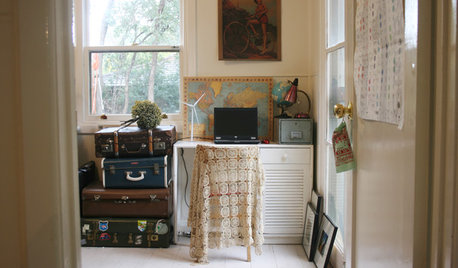
MOVINGMaking a Home Away From Home
Feeling like a stranger in a strange land? These tips can help ease the transition after a big move
Full Story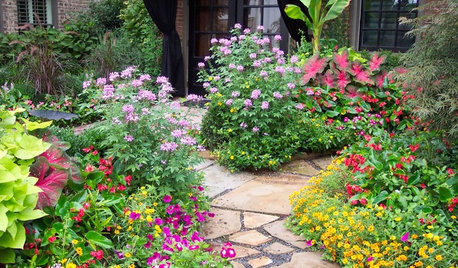
GARDENING GUIDESTexas Gardener: What to Do in June
Don't be discouraged by the dry summer heat — hardy plants, container gardens and smart watering can help landscapes thrive
Full Story0
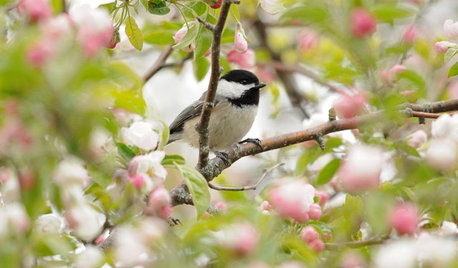
SPRING GARDENINGSpring Gardens Are Waking — Here’s What to Do in March
Excitement fills the air when gardens come back to life. These guides will help you make the most of yours
Full Story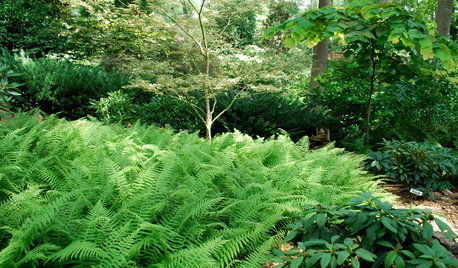
PLANTING IDEASFerns: A Shade Gardener’s Best Friend
Bring rich texture and contrast to a dark woodland landscape with wonderfully diverse ferns
Full Story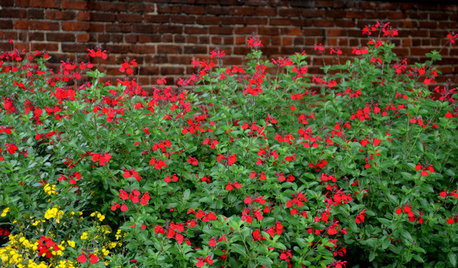
GARDENING GUIDESGreat Design Plant: Autumn Sage Brings Color and Butterflies
Whether you live in the arid desert or the humid South, you'll likely find this deer-resistant beauty as irresistible as winged creatures do
Full Story





satarina